HINTON, W.Va. — One of the best waterfall trails in West Virginia is also great for spring wildflowers, though hikers should be prepared for rocky terrain and three stream crossings.
The two-mile Big Branch Trail in the New River Gorge National Park & Preserve wanders through a wonderland of waterfalls, including 30-foot Big Branch Falls. However, hiker and magazine publisher David Sibray says the waterfalls are only half the fun.
“If you love waterfalls, this is a trail you have to hike,” Sibray says. “The half mile of this trail that ascends Big Branch seems to have one of every kind of waterfall—blocks, tiers, fans, and cascades.”
The trail coincidentally begins and ends at the Brooks Falls Roadside Park, which overlooks a riverwide cataract in the New River, four miles upstream of the thundering Sandstone Falls—one of the park's chief attractions.
However, Sibray says, hikers in spring will also bear witness to the earliest and most brilliant extravaganza of wildflowers in the park.
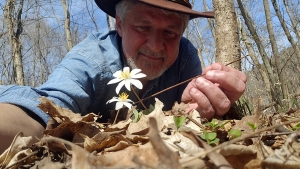
“The Big Branch Trail is the southernmost trail in the park, and it’s relatively low in elevation,” he says, “so some of the first spring wildflowers appear here in the ravine through which the branch descends.”
Red and white trillium are among the most evident flowers to blossom along the trail, though a large drift of Virginia bluebells blooms around the ruins of an old highland farmhouse near the trail’s halfway point. Other trail favorites include trout lilies, spring beauties, toothwort, and bloodroot.
The show of wildflowers typically commences in late March and ends in late April when the forest canopy leafs out, Sibray says.
Why does Big Branch Trail boast so many waterfalls?
Big Branch drops swiftly over many layers of shale, limestone, and sandstone, creating a kind of staircase in a mountain ravine.
One of the hallmarks of the rock here is that it is easily weathered, contributing to the steep slopes and multiple waterfalls found along the lower flanks of the New River Gorge.
The rock formation that allows this weatherability is called the Mauch Chunk. It extends southwest to northeast along the grain of the Appalachian Mountains through Maryland, Pennsylvania, and West Virginia, and was named for its discovery on Mauch Chunk Ridge near Jim Thorpe, Pennsylvania.
Large parts of the formation are exposed along the east edge of Allegheny Front though one of its limestone layers is famously exposed on the Chestnut Ridge just north of Morgantown, West Virginia, where it has been eroded as Laurel Caverns.
Hikers may note that much of the shale along the trail is red. This is because the sediments from which it was formed were deposited in flats above sea level where it was exposed to the air. In the presence of oxygen, the iron in the sediments oxidized and formed hematite, which gives the rock its characteristic reddish hue.
Green layers indicate the environment was frequently inundated by water in a swamp, delta, or shallow sea. Layers of limestone formed in shallow sea beds, and layers of sand on sandy beaches. Much of the Mauch Chunk was laid down between about 345 and 320 million years ago.
Hiking the Big Branch Trail
The Big Branch Trail is a two-mile loop trail classified by the National Park Service as strenuous. It is indeed laborious, Sibray said, and hikers should be aware that parts of the trail are rocky and have steep slopes. The trail fords Big Branch at three crossings, which are also rocky, and the rocks can be slippery.
Hiking clockwise, about half a mile of trail ascends along the creek, after which the trail climbs onto a ridge and then descends swiftly back to the riverside.
"Even if you decide to hike up the trail to where it leaves the branch, it's still a workout," Sibray says.
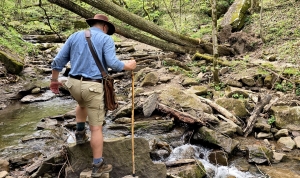
"However, near the top of the trail in winter and spring, there's a big payoff—a beech grove. In the cold months when the leaves have fallen from other trees, the young beeches hold onto their leaves, which are a papery white. Their color against the gray trunks of the older beeches is magical."
Sibray said hikers may also want to consider avoiding the trek after a heavy rain, as the stream can be too high to cross safely.
To reach the Big Branch Trailhead
To reach the Big Branch Trail, follow River Road (WV-26) from the west end of the WV-20 bridge in Hinton, West Virginia. Follow the road north along the river for five miles to Brooks Falls. As the road is both two- and one-lane, drive slowly and use extra caution. Parking is available in the Brooks Falls Roadside Park lot, located across the road from the trailhead.
Sign up to receive a FREE copy of West Virginia Explorer Magazine in your email weekly. Sign me up!

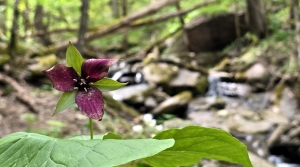
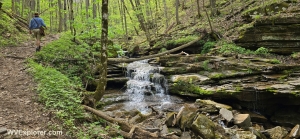
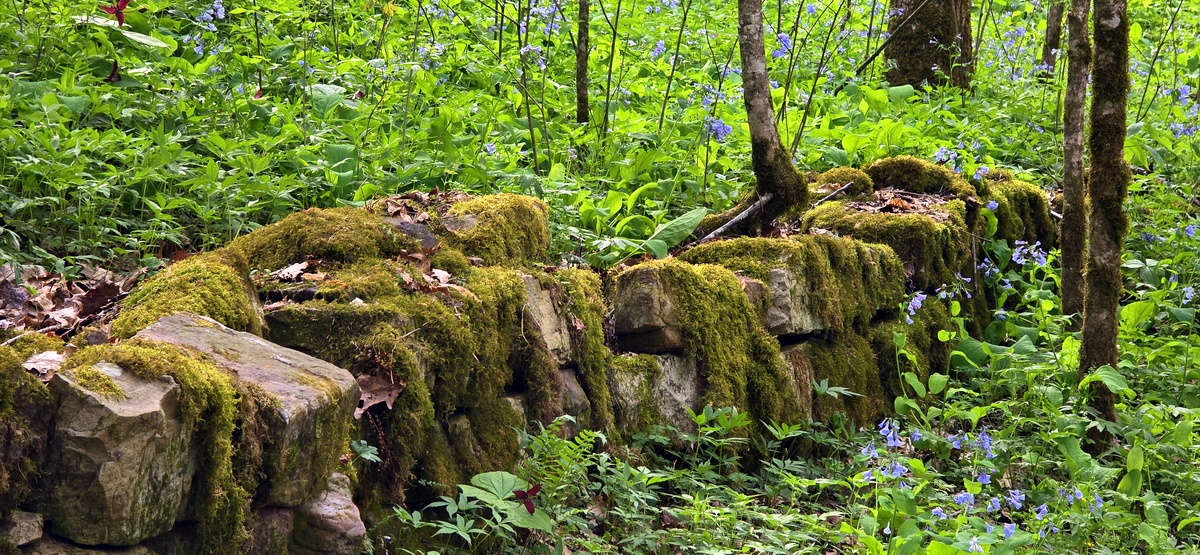
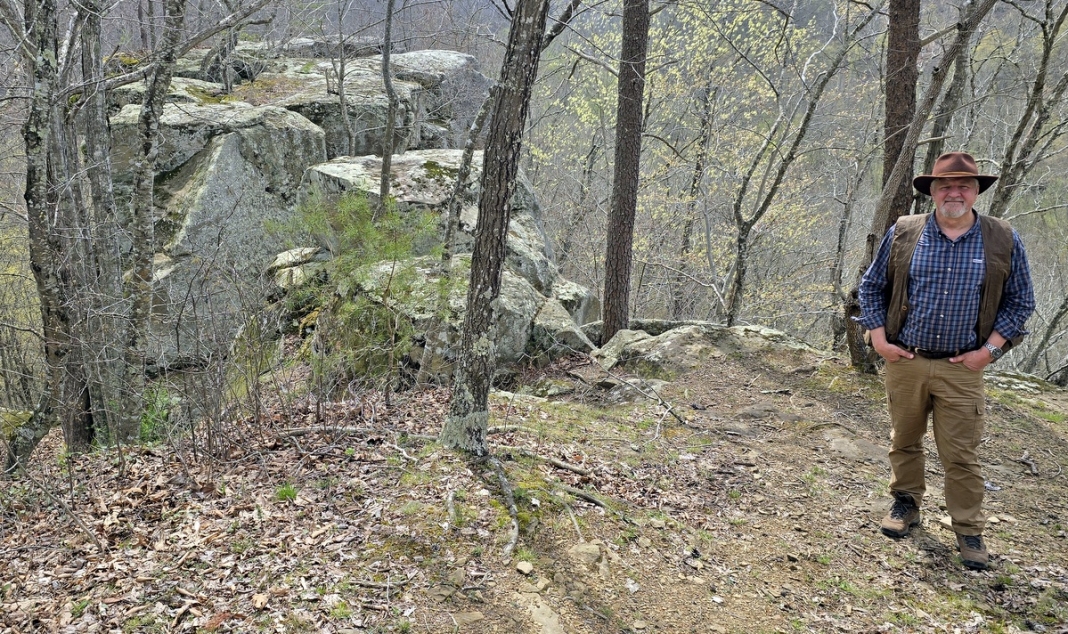

Are their fish to catch in the creek and are children from 3 to 5 years old allowed to hike the trail ?